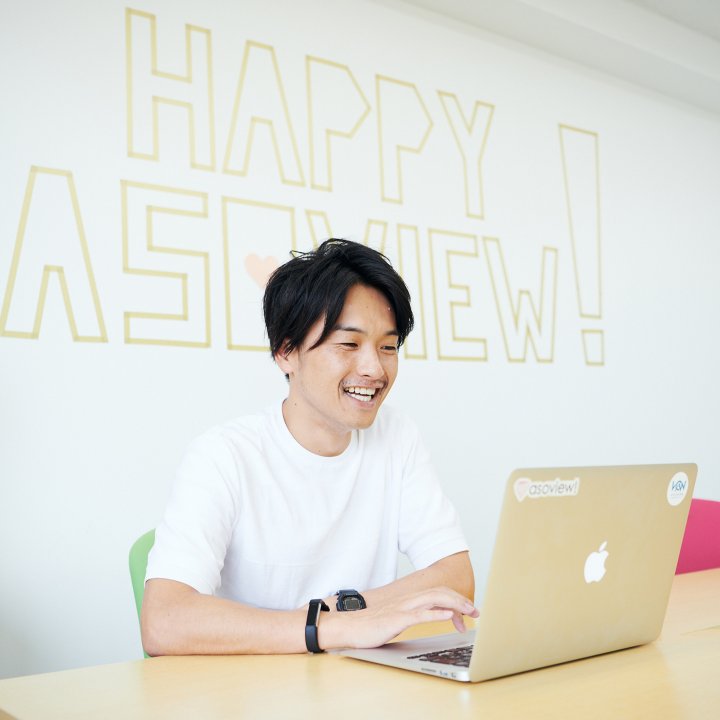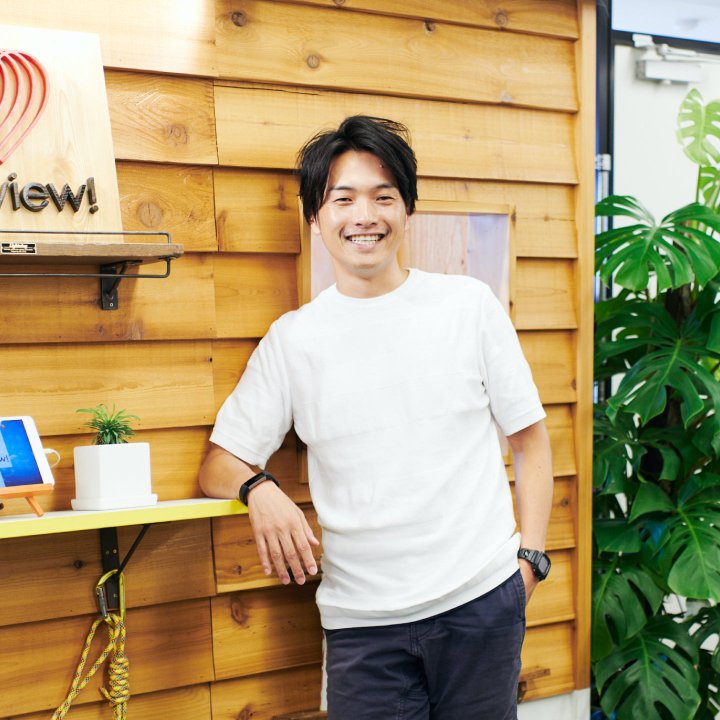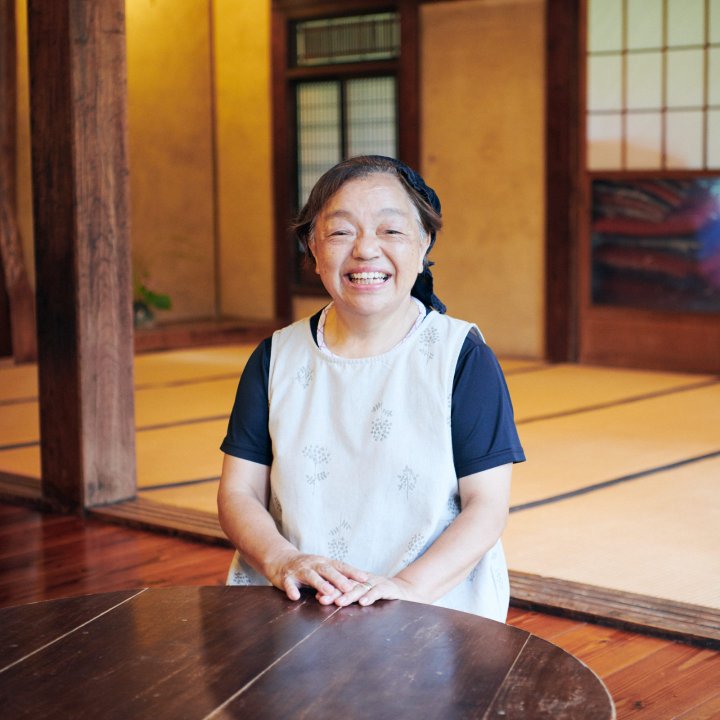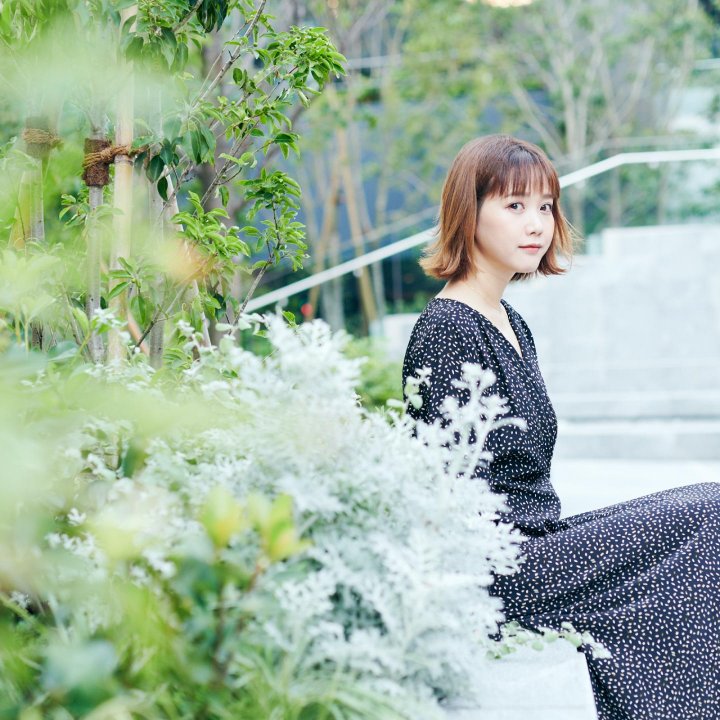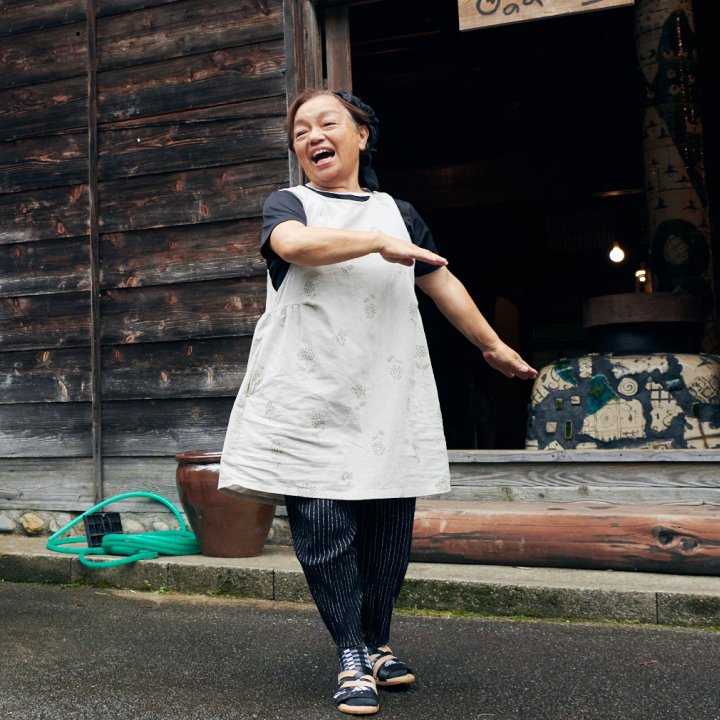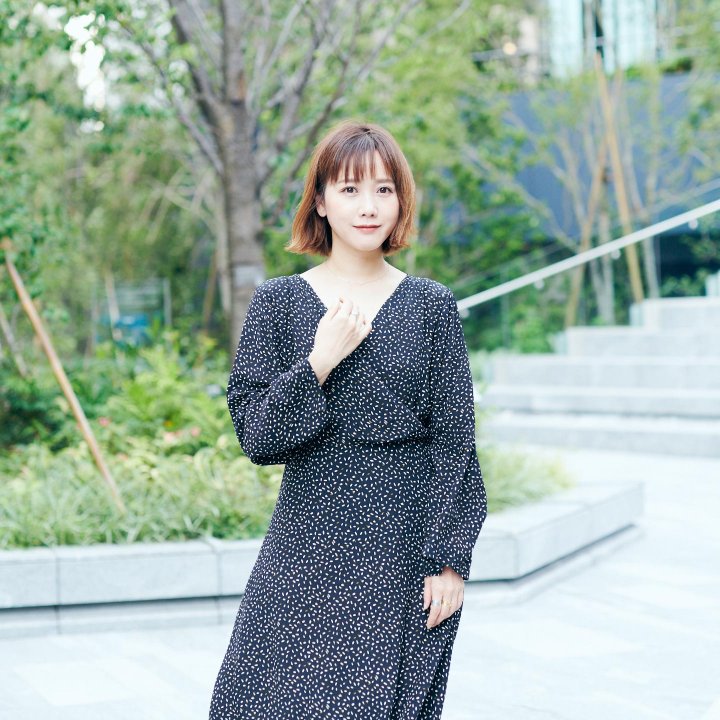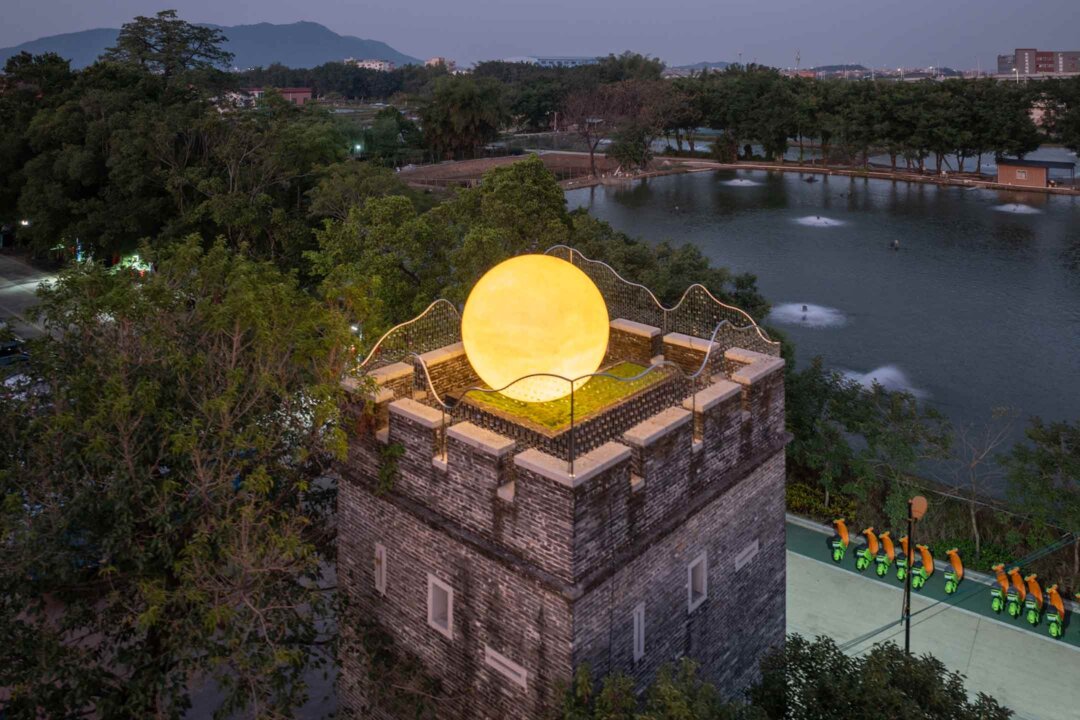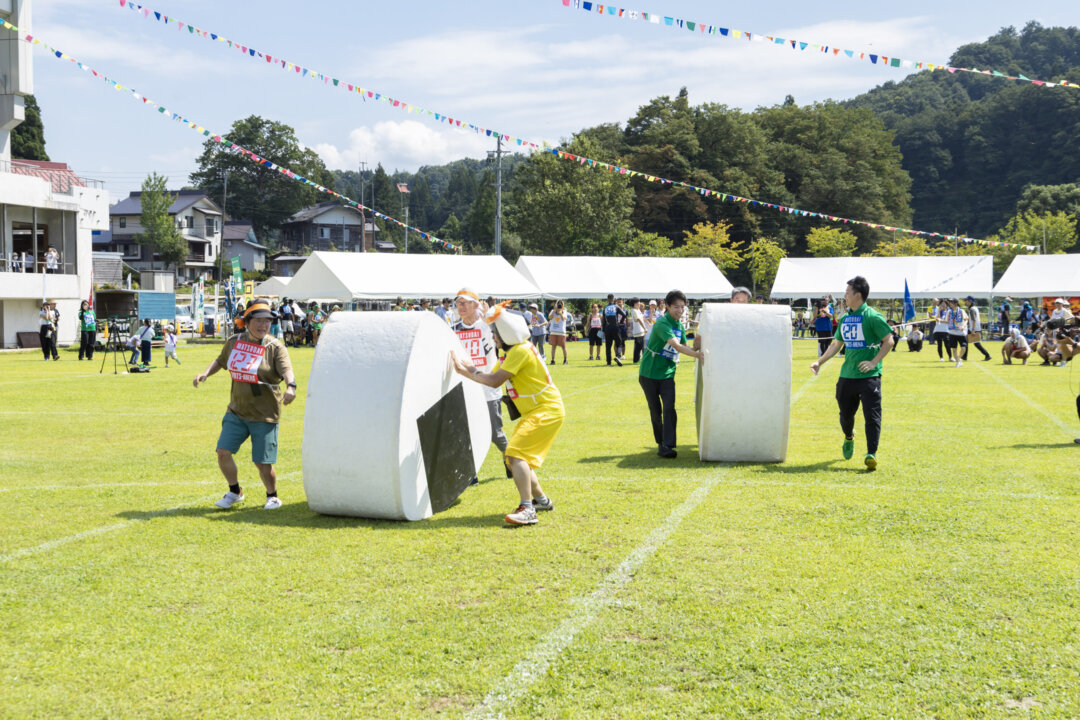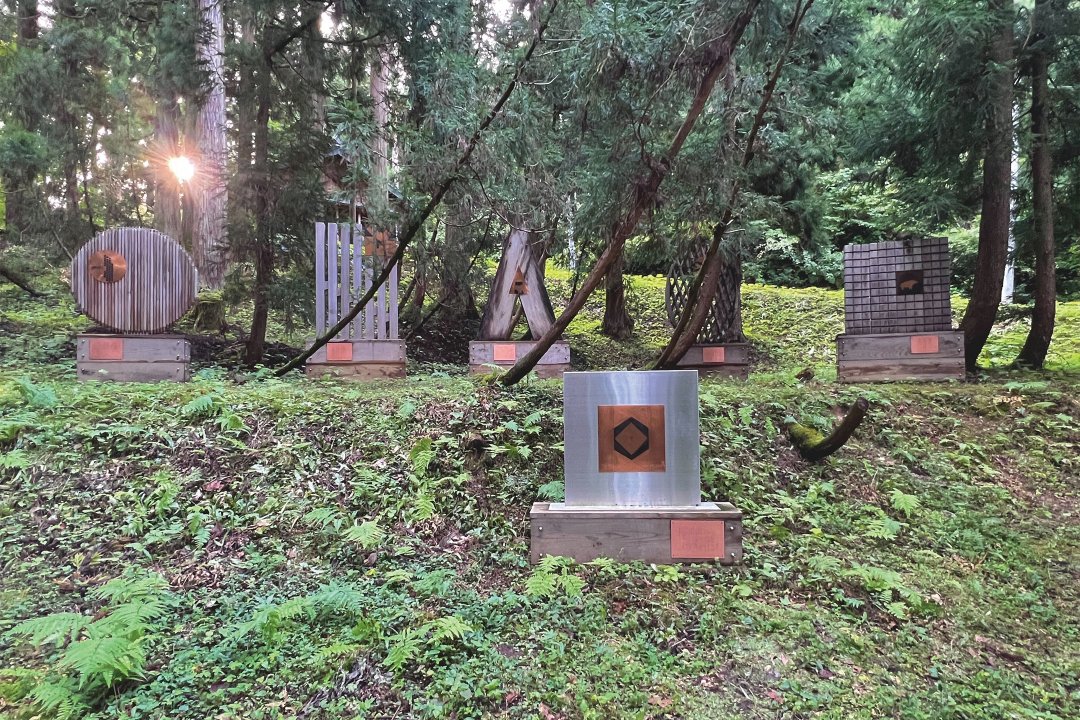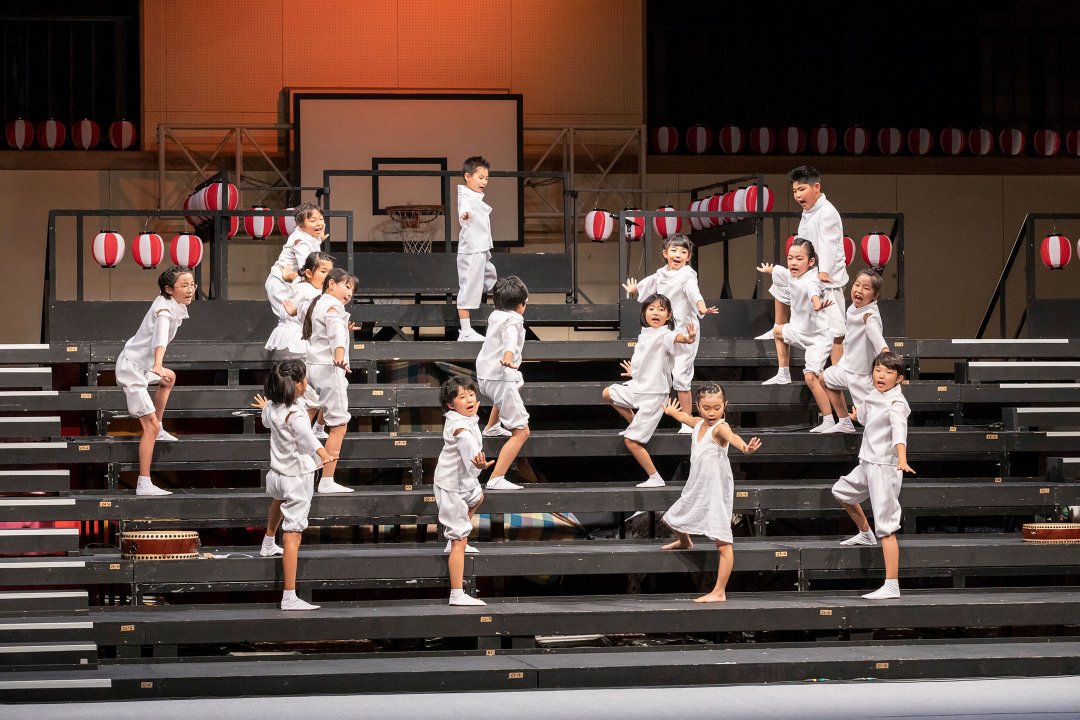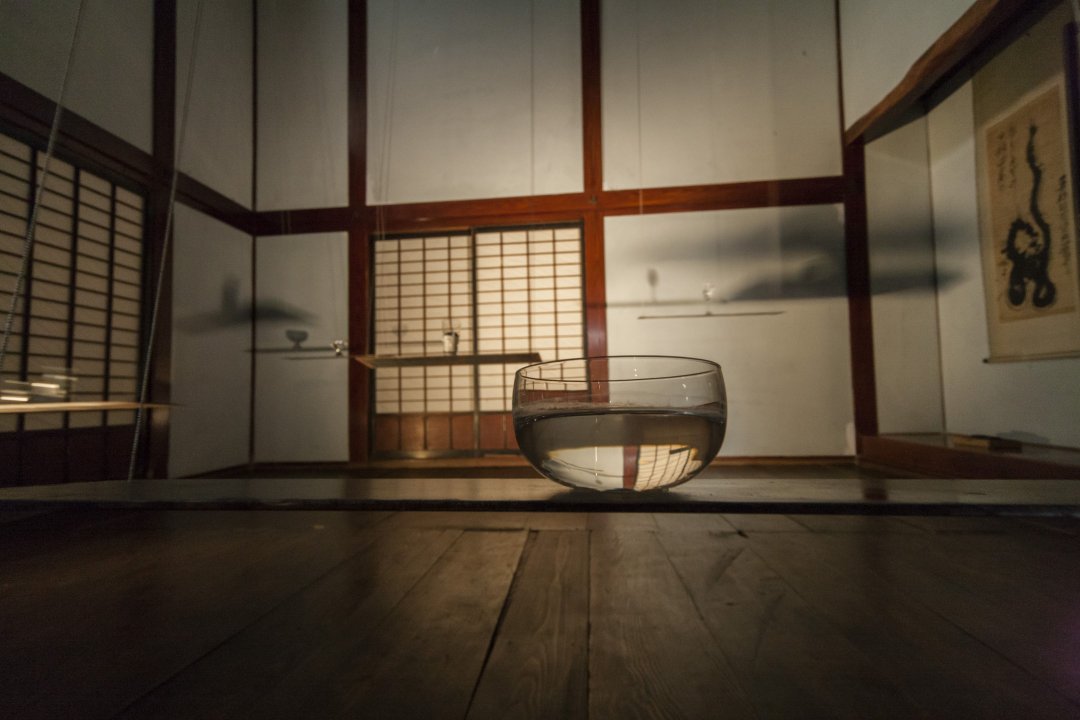Thinking 21st century art in the world from Niigata
Echigo-Tsumari Art Field - Official Web Magazine
Story / ME AND THE ECHIGO-TSUMARI ART TRIENNALE, Vol.3-1
“Echigo-Tsumari Art Triennale”, a bridge for cultural exchange beyond borders

Chairperson of the board of directors, Beijing HUBART / Proposer of China House
Sun Qian
A series of articles featuring people who support Echigo-Tsumari Art Triennale and ask them to talk about how they are attracted to the festival. The person we welcome to this issue is Sun Qian, the chairman of the board of directors of HUBART, an official partner of the festival in China. Since her first visit to Echigo-Tsumari in 2015, she has been engaged with the festival as one of its enthusiastic supporters, which had lead to the launch of “China House” an artist-in-residence facility using one of the abandoned houses in a village community.
Text by NAKAJIMA Haruya / Photo by TOYOSHIMA Nozomu / Edit by MIYAHARA Tomoyuki (CINRA.NET editorial team) / Translated by Miwa Worrall
What is the ETAT to you?
An ideal home for humankind where people and nature exist in harmony. It is my home.
21 December 2019
How I met “Echigo-Tsumari Art Triennale”
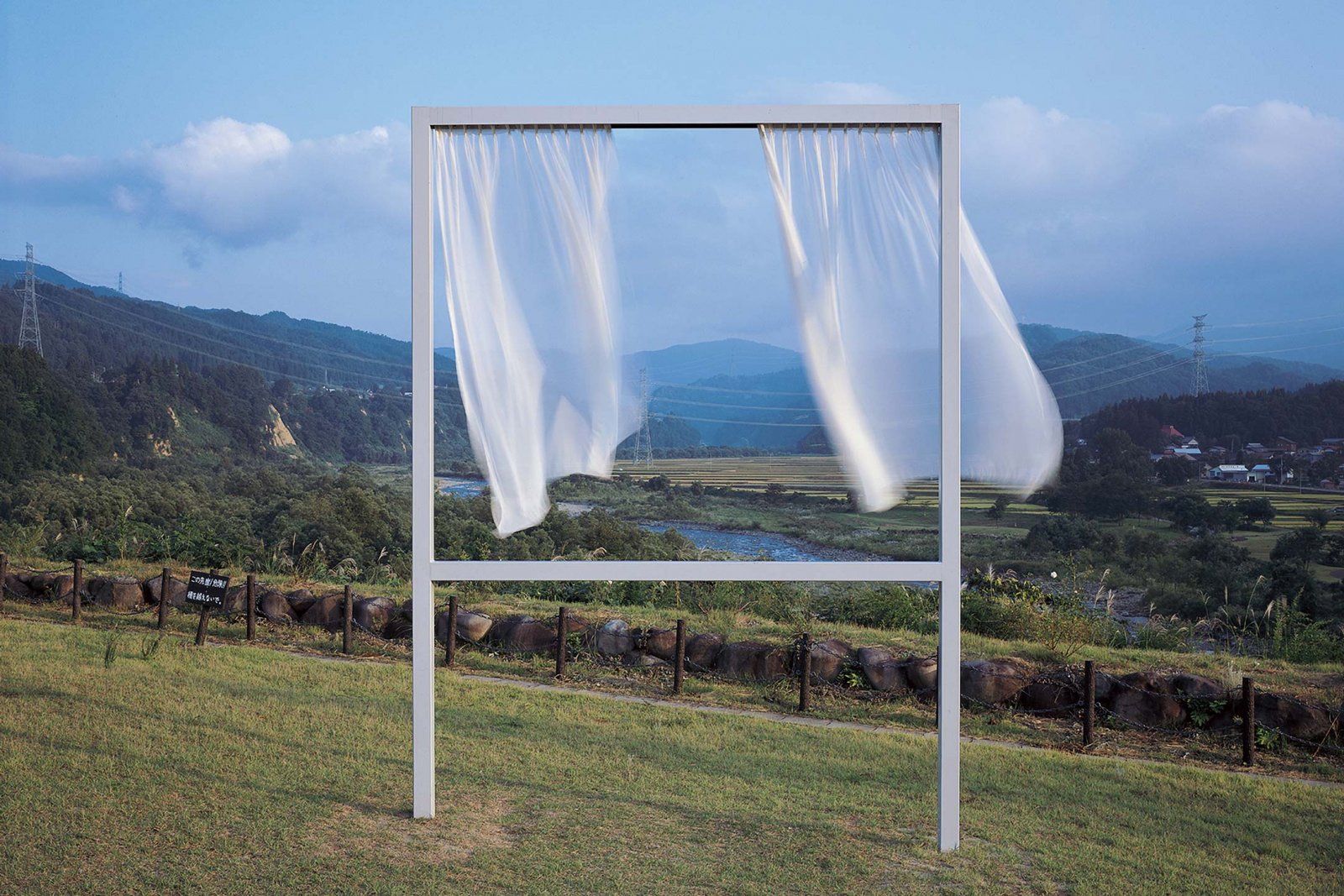
Akiko Utsumi, "For lots of lost window" (2006) photo by T. Kuratani
Sun Qian, the chairperson of the board of directors at HUBART who is the official partner of the festival in China was originally running an art gallery while thinking about how to engage with art projects that were more relevant to society. She found out about the festival by chance through an article.
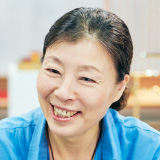
The modest article was in a book introducing Japan with a short text and a small picture. I was strongly struck by the artwork,“For Lots of Lost Windows” by Akiko Utsumi. Until then I thought one would see artworks in the museums and galleries. However, I was so surprised that such a wonderful artwork was presented outdoors. This was the very first encounter that made me aware of the Echigo-Tsumari Art Triennale.
She asked her acquintances and artists to“please visit the festival and tell me about it” as she was too busy herself. It was not until ETAT2015, the 6th iteration of the festival when she finally visited for the first time. She bought a passport to the festival at the lecture in Hangzhou that Fram Kitagawa, General Director fo the festival gave in May that year.
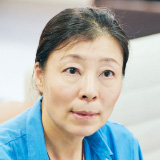
I participated in the opening ceremony in July with a few people who worked in art. The festival I experienced for the first time in reality was very moving. I was reminded that “art is alive” as I visited artworks during the festival. I had never had such a compelling experience during 15 years of working in the art world. I even revisited the festival with approximately 20 people in the month after I returned to China.
While there had not been the official partnership in place,“I was personally motivated as a fan of the festival” she laughed.
Launch of “China House” in the Murono village
“500 Brush Strokes” by Wu Jian’an / Photo by Osamu Nakamura A collection of handwritten brush stroke by each of the participants in the workshop both in China and Japan comprised the new artwork in the China House.
After a while, Sun Qian started to wonder if she would be able to establish a place for introducing artists from China as a part of the festival.
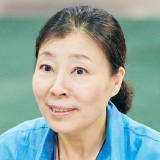
Back then young artists in China focused on the market as the art market in China expanded. However, art is not all about money. The art festival sitmulates artists’ imaginations. I wanted to present artworks by young Chinese artists in the most ideal location – in the midst of nature.
She put the proposal together and consulted with Fram Kitagawa, General Director of the festival. As a result, she was introduced to the Murono village in Tokamachi-city in March 2016. She visited Nunagawa Campus standing in the site of a closed primary school in snow and one of the abandoned houses close by. She felt “this was the place” as she saw the building. That was then transformed into “China House” as a base for Chinese art in August 2016.
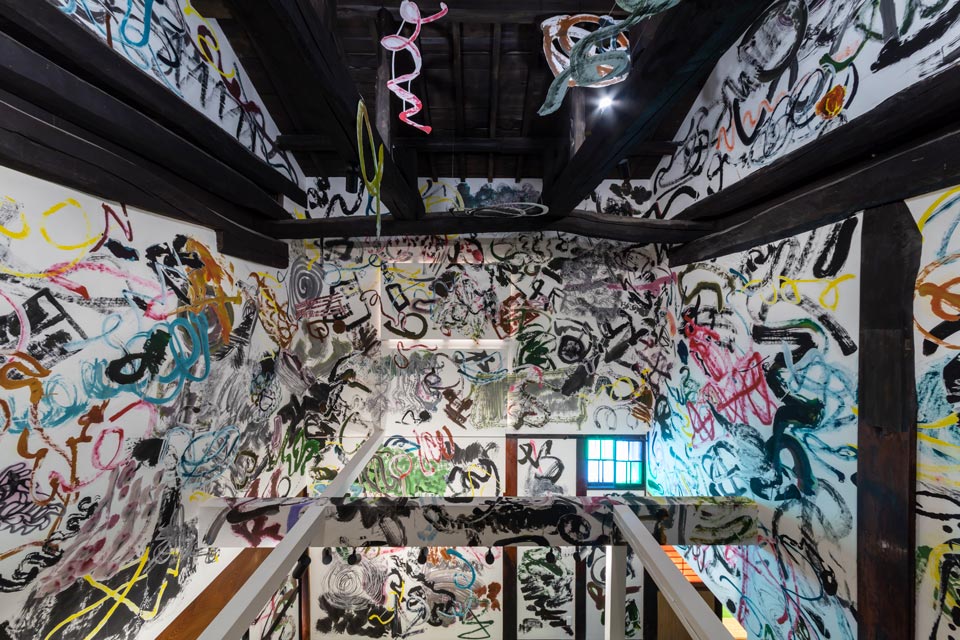
“500 Brush Strokes” by Wu Jian’an / Photo by Osamu Nakamura
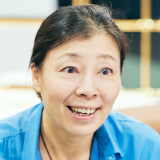
I wanted to get along with local people in addition to showing artworks here. That was why we held number of meetings for local people and participated in sakura tree planting in Nunagawa Campus – so that we would be able to listen to the voice of locals, learn local rules and communicate with them in person. What resonated most was the idea of“this was the festival for locals”. We are determined to respect what local people thinks as we continue our projects.
It is said that the origin of the saying“when in Rome, do as the Romans do.”is China and it was 孫 who attempted to grow roots in the place called Murono.
< Continue to Sequel >
Sun Qian ( Sequel )
To realise a dream of launching “Echigo-Tsumari Art Triennale” in China






